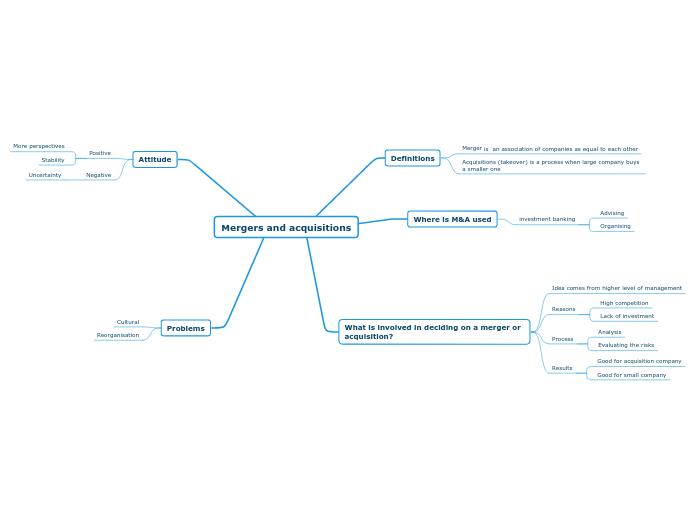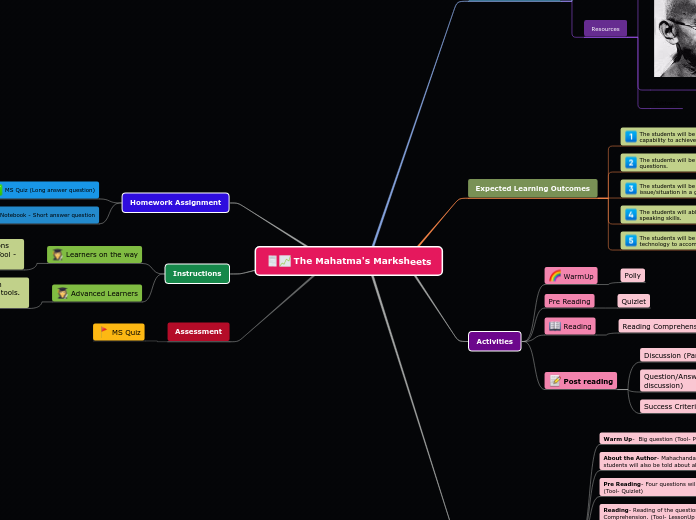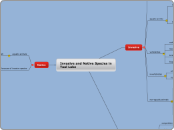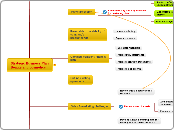Risk management (2)
what is risk?
can be seen as a threat /opportunity/uncertainty
Types of risk
Supply Chain
Environmental
Reputational
Strategic
operational
Financial
Country
Risk Culture
risk culture in a business can reward risk-taking or risk avoiding behaviour
shared attitudes & practices in the business (the collective attitude towards accepting risk)
Risk profile
it is directly related to the strategy of a business (LONG TERM GOALS)
Refers to the degree that a business is willing to accept risks to achieve value or business goals
Objective:
ensure smooth business operations protecting business from potential disruptions
have balance between maximizing business operations & mitigating potential threats
Risk perception
Is how individuals interpret & evaluate potential risks
It influences how people view and respond to uncertainties
based :
cultural factors
emotions
experiences
Risk management process
4. Risk Reporting
stakeholders
external
internal
3. Risk response
Risk Acceptance
Risk Reduction
Risk Avoidance
2.Risk management policy
draft document/writing
communicate to parties
implement strategies
1.Risk Assessment
Estimation of risk impact
estimation tools
decision trees
Estimation matrix
probability vs impact
PROS/CONS CHART
SWOT
PESTLE
Description of risks
Identifiaction of risks
surveys
benchmarking
risk workshops
Auditing
ENVIRONMENTAL SCANNING ANAYLSIS
MICRO/MARKET/MACRO
strategic risk management
aligns decisions with organisation's mission/vision
integrates risk analysis in strategic planning
focuses on any risks affecting the long term goals of a business
considers
regulatory changes
market changes
competition
definition
Analysing the probability of an event taking place ,pro-active planning to minimize the negative impact on a business









